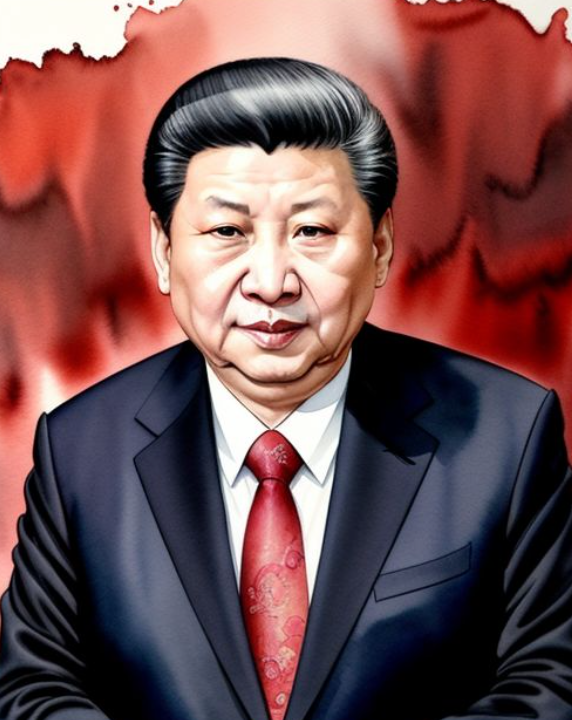$PTR $SNP $USO
#China #OilImports #CrudeOil #SaudiArabia #Iraq #EnergyMarkets #OPEC #Commodities #GlobalTrade #EnergyDemand #Petroleum #MarketAnalysis
Crude oil imports to China increased in November, snapping a seven-month streak of declining volumes. According to Reuters, which cited customs data from China, the average daily import rate for the month hit 11.81 million barrels, sharing a clear signal that demand in the world’s largest oil importer is recovering. In total, China imported 48.52 million tons of crude during the month, marking a 14.3% increase compared to the same period last year. This reversal in import trends follows a period of muted demand amid a sluggish domestic economy and stringent COVID-19 restrictions, but November’s increase appears to show signs of resilience. Major refiners likely accelerated purchases given the attractive pricing environment, raising questions about the sustainability of demand gains in the months ahead.
A significant factor underpinning the surge in imports has been recent price cuts by Saudi Arabia and Iraq. Both countries are key suppliers to the Chinese market, and new discounts provided a compelling incentive for Chinese refiners to boost their crude stockpiles. This uptick in activity comes amid broader shifts in global oil markets as refiners seek stable and reliable sources amidst geopolitical uncertainties, including the reduced availability of Iranian oil. Analysts suggest this buying spree could be a combination of opportunistic stock-building and strategic planning to lock in lower prices ahead of the potentially volatile winter season. At the same time, this increase in Chinese crude imports may put upward pressure on tanker freight rates, benefiting shipping companies.
The implications of renewed Chinese buying are being closely watched in global oil markets. The country’s return as a significant buyer could lend support to oil prices, as it indicates improving demand fundamentals. Benchmark Brent crude recently stabilized at just under $80 per barrel, in part reflecting optimism over China’s import rebound. However, with concerns surrounding global economic growth still looming large, it remains to be seen whether the trend continues into 2024. On the supply side, OPEC+ members will likely monitor China’s demand closely, given its pivotal role in balancing global markets. Any sustained increase in Chinese imports could influence production decisions, particularly if the country starts consuming some of its larger-than-usual stockpiles.
For investors, this development raises strategic opportunities and risks. Shares in Chinese oil refiners such as $PTR (PetroChina) and $SNP (Sinopec) could benefit if refining margins improve due to lower feedstock costs. In global markets, demand signals from China may buoy oil-related ETFs like $USO (United States Oil Fund), while energy commodities traders might reposition to capitalize on the potential for a tighter oil market. Additionally, higher Chinese imports may intensify competition for supply among other Asian economies, creating potential ripple effects across broader energy markets. While the November data showcases a promising turnaround, sustained recovery will depend on both global economic trends and China’s post-pandemic policy maneuvers.











Comments are closed.